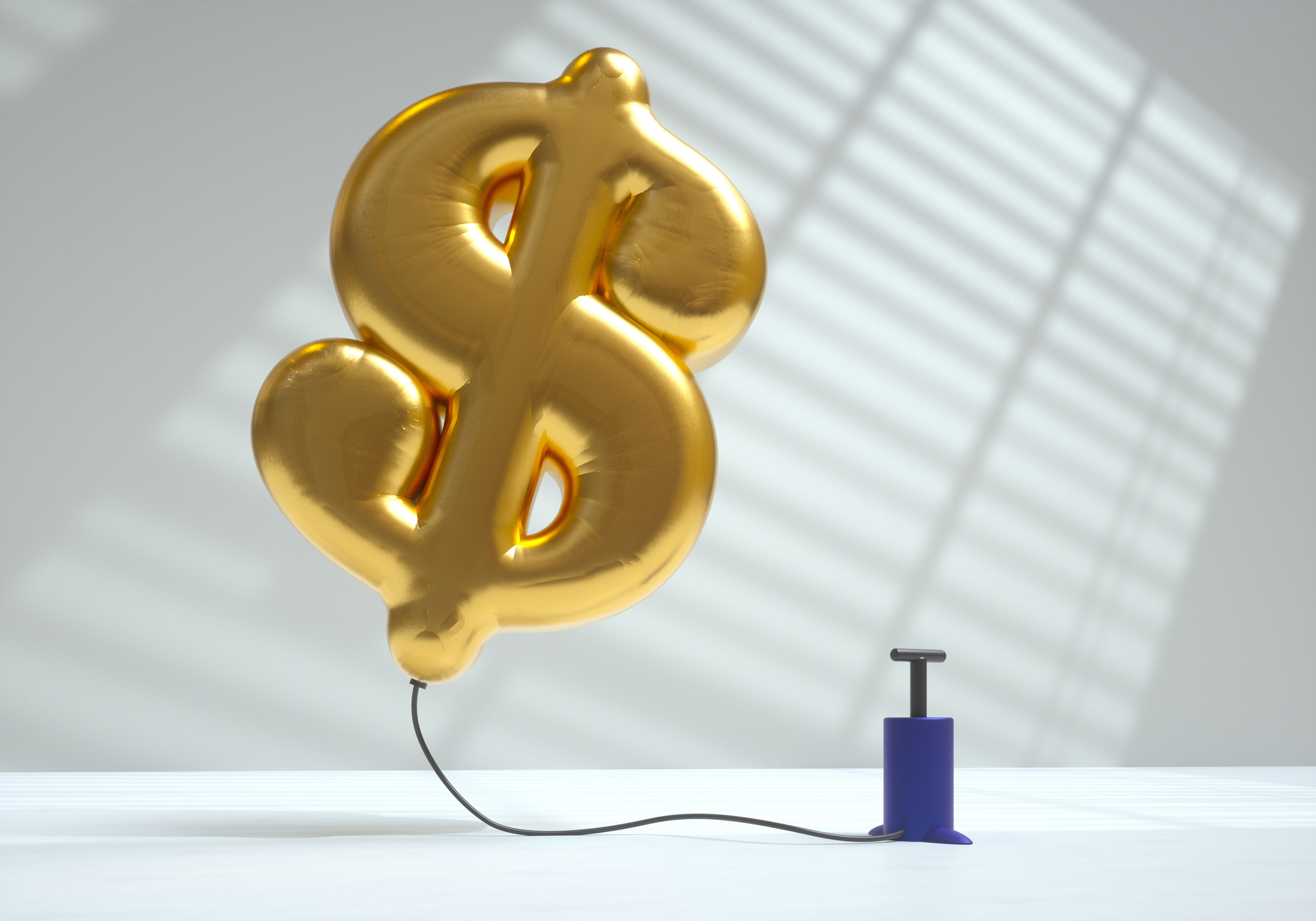Retail Sales to Hold Up Despite Consumer Stress
Look for a lackluster back-to-school season, with shoppers not buying until forced.

We still expect retail sales to increase about 3% this year, despite recent evidence of consumer fatigue -- in June’s dreary retail sales numbers from the Census Bureau and scant hopes for a big rebound in July.
Stronger job growth along with lower gasoline prices will drive up consumer spending in coming months, though the 3% gain will be short of retail sales growth in 2010.
But retailers will have to work hard to get shoppers to spend more. Cost-conscious consumers will continue to keep their eyes peeled for discounts. Hefty price markdowns and free shipping for online orders will become commonplace.
From just $107.88 $24.99 for Kiplinger Personal Finance
Become a smarter, better informed investor. Subscribe from just $107.88 $24.99, plus get up to 4 Special Issues

Sign up for Kiplinger’s Free Newsletters
Profit and prosper with the best of expert advice on investing, taxes, retirement, personal finance and more - straight to your e-mail.
Profit and prosper with the best of expert advice - straight to your e-mail.
This year’s back-to-school sales may not be much to write home about: The average American family probably won’t spend more than the $600 it spent on school needs a year ago. And once again, most parents will wait until school starts to buy school supplies.
One bright spot in June’s retail sales report: Auto sales and parts forged a comeback. They rose 0.8% after struggling from March through May in the face of supply disruptions following the March earthquake in Japan. Auto dealers posted their first gain since February.
However, excluding sales of cars, gasoline and building materials, consumer purchases, including furniture, electronics, personal care and sporting goods, declined broadly.
Consumers also cut back on dining out in June -- a sure sign of stress. Consumer spending for the second quarter overall was close to zero, a big contrast to the 4% increase in the fourth quarter last year.
Profit and prosper with the best of Kiplinger's advice on investing, taxes, retirement, personal finance and much more. Delivered daily. Enter your email in the box and click Sign Me Up.

-
 The November CPI Report Is Out. Here's What It Means for Rising Prices
The November CPI Report Is Out. Here's What It Means for Rising PricesThe November CPI report came in lighter than expected, but the delayed data give an incomplete picture of inflation, say economists.
-
 Online Banks Still Lead on Rates, But Is Switching Worth it Now?
Online Banks Still Lead on Rates, But Is Switching Worth it Now?As interest rates trend down, online banks keep an edge on yields, but service, access and flexibility still matter. Here’s how the trade-offs stack up.
-
 I'm 73 and dread winter, but I can't afford to be a snowbird.
I'm 73 and dread winter, but I can't afford to be a snowbird.How can a snowbird wannabe warm up without the expense? We asked professional wealth planners for advice.
-
 AI Appliances Aren’t Exciting Buyers…Yet
AI Appliances Aren’t Exciting Buyers…YetThe Kiplinger Letter Artificial intelligence is being embedded into all sorts of appliances. Now sellers need to get customers to care about AI-powered laundry.
-
 What to Expect from the Global Economy in 2026
What to Expect from the Global Economy in 2026The Kiplinger Letter Economic growth across the globe will be highly uneven, with some major economies accelerating while others hit the brakes.
-
 The AI Boom Will Lift IT Spending Next Year
The AI Boom Will Lift IT Spending Next YearThe Kiplinger Letter 2026 will be one of strongest years for the IT industry since the PC boom and early days of the Web in the mid-1990s.
-
 Amid Mounting Uncertainty: Five Forecasts About AI
Amid Mounting Uncertainty: Five Forecasts About AIThe Kiplinger Letter With the risk of overspending on AI data centers hotly debated, here are some forecasts about AI that we can make with some confidence.
-
 Worried About an AI Bubble? Here’s What You Need to Know
Worried About an AI Bubble? Here’s What You Need to KnowThe Kiplinger Letter Though AI is a transformative technology, it’s worth paying attention to the rising economic and financial risks. Here’s some guidance to navigate AI’s future.
-
 Will AI Videos Disrupt Social Media?
Will AI Videos Disrupt Social Media?The Kiplinger Letter With the introduction of OpenAI’s new AI social media app, Sora, the internet is about to be flooded with startling AI-generated videos.
-
 What Services Are Open During the Government Shutdown?
What Services Are Open During the Government Shutdown?The Kiplinger Letter As the shutdown drags on, many basic federal services will increasingly be affected.
-
 The Economy on a Knife's Edge
The Economy on a Knife's EdgeThe Letter GDP is growing, but employers have all but stopped hiring as they watch how the trade war plays out.